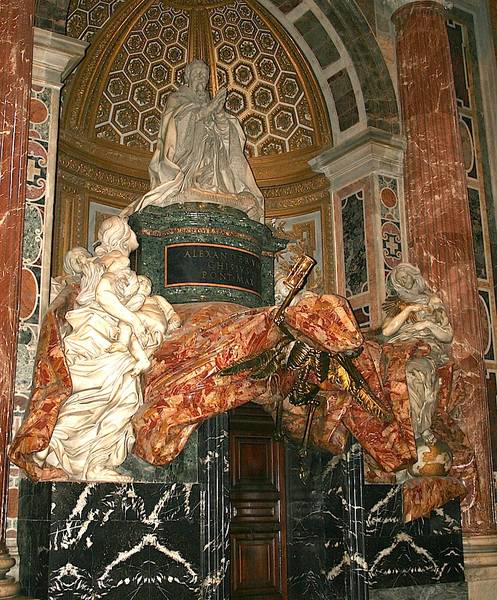One of the things about London that always delights and impresses visitors from overseas is the fact that the great national museums are free. It delights and impresses me, too. Just think of the British Museum. Think of all that responsibility. The duty of the curators to all those works of art is immense. The cost of conserving them, keeping them proof from theft, must be prodigious. Not to mention the salaries for all the other staff, the cleaning, the heating. Yet as visitors, we are not burdened with any of that. It’s free. And they maintain an impeccable website too. How do they manage it?

Westminster Abbey, on the other hand, the great Collegiate Church of St Peter, costs £18 per adult per visit. Of course, it is a similarly rich repository of history and heritage. And it faces similarly enormous costs of upkeep. The fabric of the building, its delicate monuments, ancient woodwork, paintwork, stonework, stained glass. Heating bills, cleaning bills, feather dusters. It is also a place of worship. Lest anyone forget this, every hour, on the hour, a disembodied recorded voice rings out across the fan vaulting enjoining us to bow our heads and pray. And it has cost us all £18 to get in.
Perhaps I wouldn’t mention this twice in a single paragraph, though, if I felt amply compensated by the experience of having been there. But I don’t. Despite the steep ticket price, large sections of the Abbey are roped off and you soon find yourself herded along a demarcated one-way route a bit like shuffling up a RyanAir check-in line. And the vergers are intransigent. ‘I’m sorry!’ A uniformed arm is politely but firmly held out across my scurrying person, ‘That part of the Abbey is closed!’ I had wanted to see one thing in particular. I knew it was somewhere in the south aisle. Access was barred. But I had paid £18! That is an expensive way to be told to shove off.
Of course, I am not in charge of maintaining the Abbey and I don’t know the ins and outs of it. I know the vergers are only doing their job. One of them, in the Lady Chapel, was charming and helpful. The others, even as they said ‘No’, mostly said it with a smile. But still, I was a visitor and I had a sub-par ‘visitor experience’. Wouldn’t it be more logical to do one of the following: Either let the Abbey be free, but because it is a functioning church, reserve the right to close parts of it off and boot sightseers out when services begin. This is what they do in St Peter’s in Rome, and if you haven’t paid you can’t with all conscience object if sections are out of bounds. Or, charge a hefty admission fee, but then admit that it’s a museum, as they do in the major churches of Venice and Florence. And for goodness sake allow visitors to see what they’ve paid for. Where exactly in the south aisle IS the monument to Sir Godfrey Kneller? I’m not going to pay another £18 on the off chance that it might not be roped off next time. But unlike the British Museum, Westminster Abbey does not maintain an impeccable website. It lacks a properly marked-up floorplan showing who is buried and commemorated where. Is this because it is assumed that no one really wants to know? Or is it because the chances, for a visitor, of being able to see the monuments of his or her choice are so slim that it honestly isn’t worth it?
The Abbey also operates a no-photo policy, which is galling. I would have loved to take a few pictures. I’m not talking about setting up a tripod or blinding other visitors with my flash. I’m talking about snapping epitaphs with my telephone. In St Peter’s (Rome), photography is allowed and it gives visitors enormous pleasure. In Westminster Abbey it is rigorously prohibited, and instead, visitors are informed glibly that there is a wide selection of postcards in the Abbey shop. Postcards?! I didn’t want a postcard. I had hoped to be able to take a close-up shot of the extraordinary Nightingale memorial, by Roubiliac (1761), so I could study it at home. Or perhaps illustrate a short comparison in this blog with Bernini’s Alexander VII monument (1678) in St Peter’s (Rome). In both monuments, the draped skeleton of Death emerges from below to threaten the commemorated mortal with an intimation of their end (in the Bernini monument, Death’s instrument is an hour glass; in the Roubiliac, it is a spear). But while Pope Alexander sits tight, unmoved by the premonition, Mrs Nightingale faints into the arms of her appalled husband. These descriptions all a bit meaningless without a picture, aren’t they? But in Westminster Abbey there is strictly no photography; and the ruling is stubbornly policed. Oh well, there is a wonderful archive image of the Nightingale tomb here, on this excellent Spitalfields blog. And here (below) is the Bernini (photo © Jean-Pol Grandmont). Roubiliac had certainly seen the Bernini work. Nine years before he designed the Nightingale, in 1752, he had achieved a long-cherished ambition to visit Rome. By all accounts he didn’t stay very long, but it was enough. Presumably the authorities at St Peter’s permitted him to use a sketch book.






